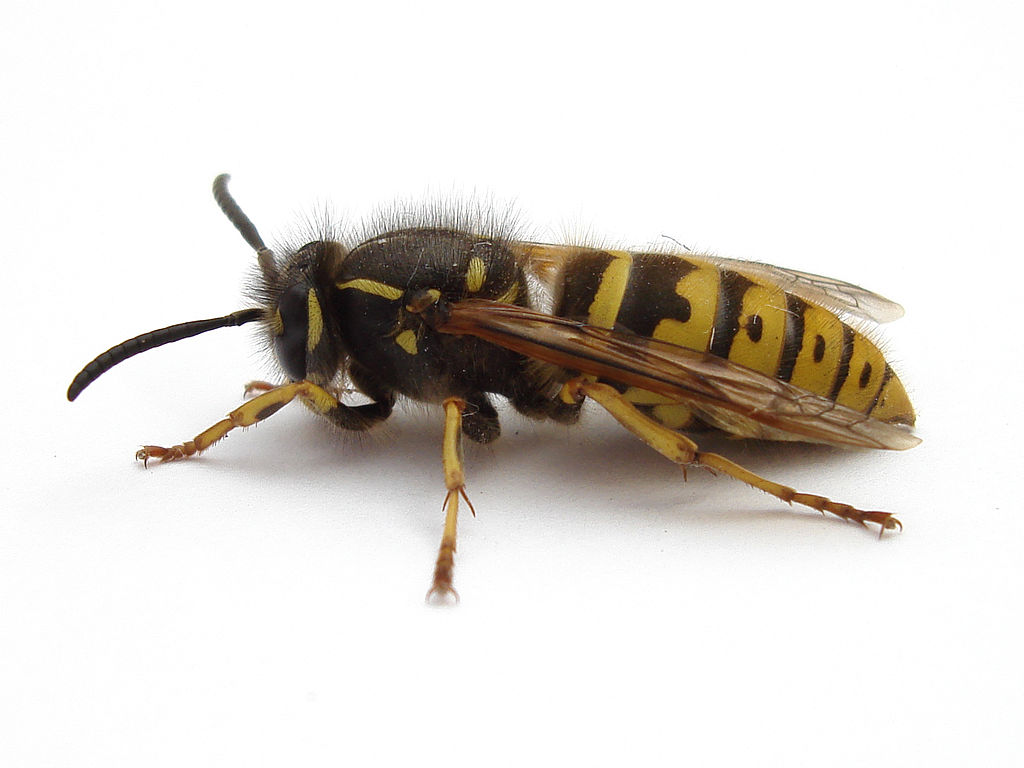
I am currently reading the Select Cases, and Consultations, in Physick of Dr John Woodward, published in 1757 by Peter Templeman. Woodward was a physician, natural historian and antiquary.1 From 1693 he was a fellow of the Royal Society and in 1695 was created MD by Archbishop Tenison and then the University of Cambridge.2
Templeman noted in his preface to the work that ‘It may be thought, perhaps, that he is sometimes tedious in his Narration and that the material Parts might have been contracted into a narrower Compass’, yet he still believed the cases were interesting and worthy of publication.3 I concur that in places Woodward’s descriptions are rather long and seemingly detail every bodily function that his patients endured during treatment. However, in one (comparatively brief) case, he recorded the case of a woman who was stung by a wasp. Here his penchant for detailed description reveals the myriad of symptoms she experienced. He wrote
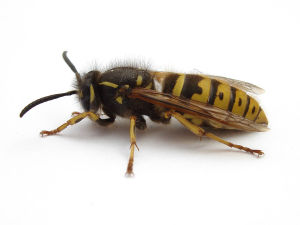
Mrs. REBECCA WHITE, Sister of Mrs. Westly, Yorkshire.
Of the Stinging of a Wasp …
Being stung in one of her Fingers, by a Wasp, without being surprised or frighted, she became immediately faint, her Stomach was inflated, she had a Sense of Chillness in it, with a Rigor and Horror, became sick, reached, and brought up much Rheum [watery of mucous secretions] , her Breath was oppressed, she wheezed and coughed, her Head became pained and heavy, and her Nose and Eyes run. All these Symptoms came on in about a Minute. A while after, the Arm of the same Hand became swelled, pained, and inflamed; as also her Hand, Shoulder, and her Face on that Side. These Symptoms continued increasing for some Hours; and, in Proportion as these increased, the Symptoms of the Stomach, Breast, and Head decreased. She hs been thus stung three Times; and the same Symptoms ever followed, in the same Order.4
This sounds like a rather severe reaction, and was likely a very unpleasant experience; watering eyes, oppressed breathing, swollen limbs and retching.
Most people though were perhaps more fortunate than Rebecca. Several recipe books and collections contained suggestions for treating wasp stings. However, they don’t seem to be intended to respond to such a range of dangerous and unpleasant symptoms.
One anonymous early eighteenth-century collection suggested that laudanum applied immediately to the sting would ‘cure’ it. If this wasn’t an option it suggested a range of other treatments including mashed mallow leaves, marigold leaves, dirt, or Venice treacle. Venice treacle was a medicinal paste made up of many different ingredients crushed to a powder and mixed with honey or syrup. The author did not, though, say why any of these things would work.5 And as Woodward recorded Venice Treacle was not always the best cure, one gentleman riding near Doncaster who was stung on the finger applied Venice treacle only to find that his symptoms (violent pain, flushing in the face, dizziness and sweating) all increased. This unfortunate fellow experienced an extreme reaction – ‘his Eyes were open, and fixed as upon a certain Object, he had no Pulse, was extremely cold, and cold Sweats hung in large Drops upon the Surface of his Skin.’6
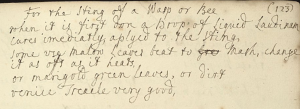
The recipe collection of the Boyle family was a little different. Although it concluded that the suggestion ‘will cure it’, the title given to the remedy suggested that it was only intended to ease the pain they caused. Again the recipe was rather short and straightforward, the patient was to rub dirt onto the sting and them mix bole armoniac [a soft fatty earth pale red in colour] with oil of roses and apply it to the swelling.7

These recipes focus on the easing the pain and swelling of the sting. They would probably not have offered Rebecca or the Gentleman from Doncaster much comfort in their hour of need, but then Woodward doesn’t record giving Rebecca any medications so perhaps it might have been the case that anything would have been better than nothing.
________________
1. The Oxford Dictionary of National Biography, s.v. ‘John Woodward’.
2. Ibid, p. iv.
3. John Woodward, Select Cases, and Consultations in Physick by the late Eminent John Woodward, M.D. Professor of Physick at Gresham College, Fellow of the College of Physicians, and of the Royal Society. Now first published by Dr. Peter Templeman (London, 1757),
4. Ibid, p. 320.
5. MS 1320 Recipe collection 1720. Wellcome Library London, p. 123.
6. John Woodward, Select Cases, p. 321. Woodward described a third patient from York who also experienced and extreme reaction to the sting of a wasp. Ibid, p, 322.
7. MS 1340 Boyle family recipe collection, Wellcome Library London, sig. 132r.
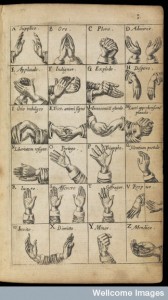

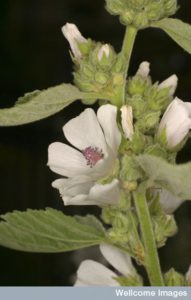
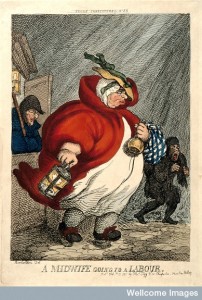
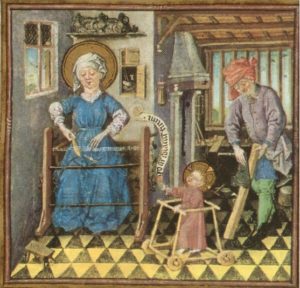
3 thoughts on “The Stinging of a Wasp”
Comments are closed.